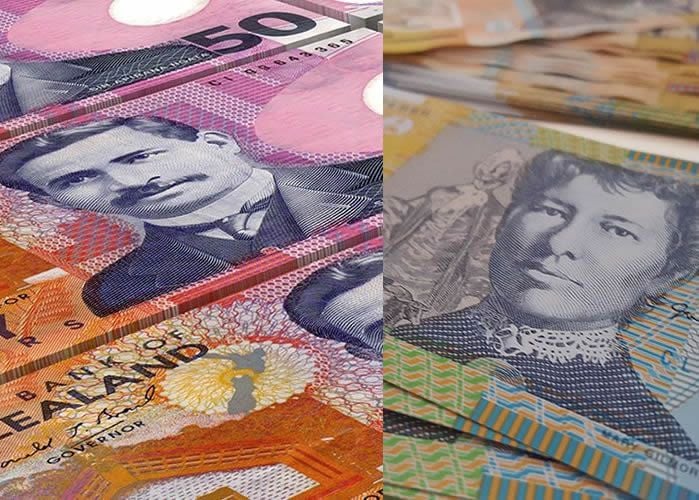AUD/USD Forecast at 0.70 by Start 2017: UBS
- Written by: Gary Howes

The Australian dollar is in focus once more following comments from RBA Governor Stevens. With the AUD under notable pressure UBS consider how far it will likely fall. Scott Haslem, Economist with UBS writes:
The RBA's 25bp cash rate cut in May merely returned the 'real cash rate' – when deflated by core CPI – to around a quarter of a percent, which is still marginally above its ~flat average since 2013.
Hence, we argue there has been little interest rate easing in real terms, but rather the RBA acted to offset the unwanted rise in real rates over the last year.
We also show that the RBA's May rate cut offset the 'out-of-cycle' hikes in 2H-2015, and saw average private sector lending rates drop to a record low of ~5%, with total (public and private) economy-wide borrowing rates dropping even more to <4½%.
However, the spread between private lending rates and the cash rate has widened further to the largest since 1995.
Indeed, regulators have increased their focus in recent years to reduce risks in the housing market. Specifically, macro-prudential policies are driving a tightening of broader 'lending conditions' across a range of loan serviceability metrics, remaining a notable offset to RBA rate cuts.
These factors, combined with deteriorating demographics and record economy-wide leveraging seeing debt-GDP spike to >250%, are key drivers of our view of 'lower for longer' bond yields with a 'neutral' cash rate of only ~3%.
That said, following the much lower than expected Q1 CPI and dovish RBA reaction, markets have broadly 'priced in' this scenario, with bond yields slumping to a record low (see: Is the RBA (finally) joining the race to 0% rates?).
Shorter-term, we still forecast the RBA to cut by 25bp in August to 1.5%, seeing 'real rates' (deflated by core CPI) retrace to ~0%. Along with the Fed hiking twice in 2H-16, this spread narrowing should help the AUD drop back further to 0.68USD by end-16.
UBS Targets AUD/USD at 0.70 by end of Q2, and 0.68 by end of Q4.